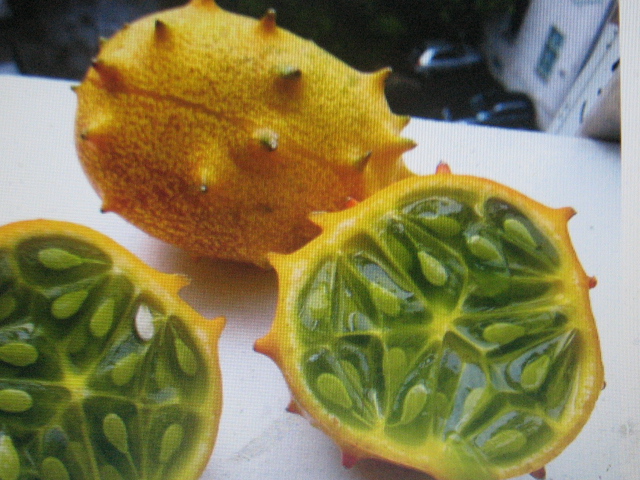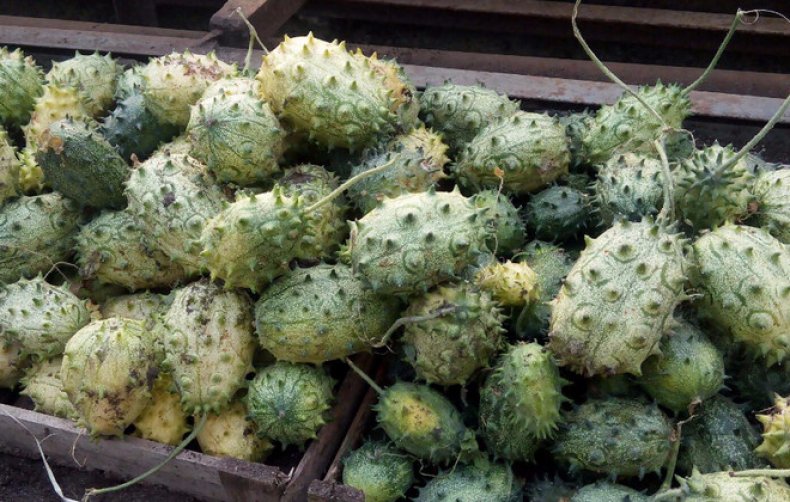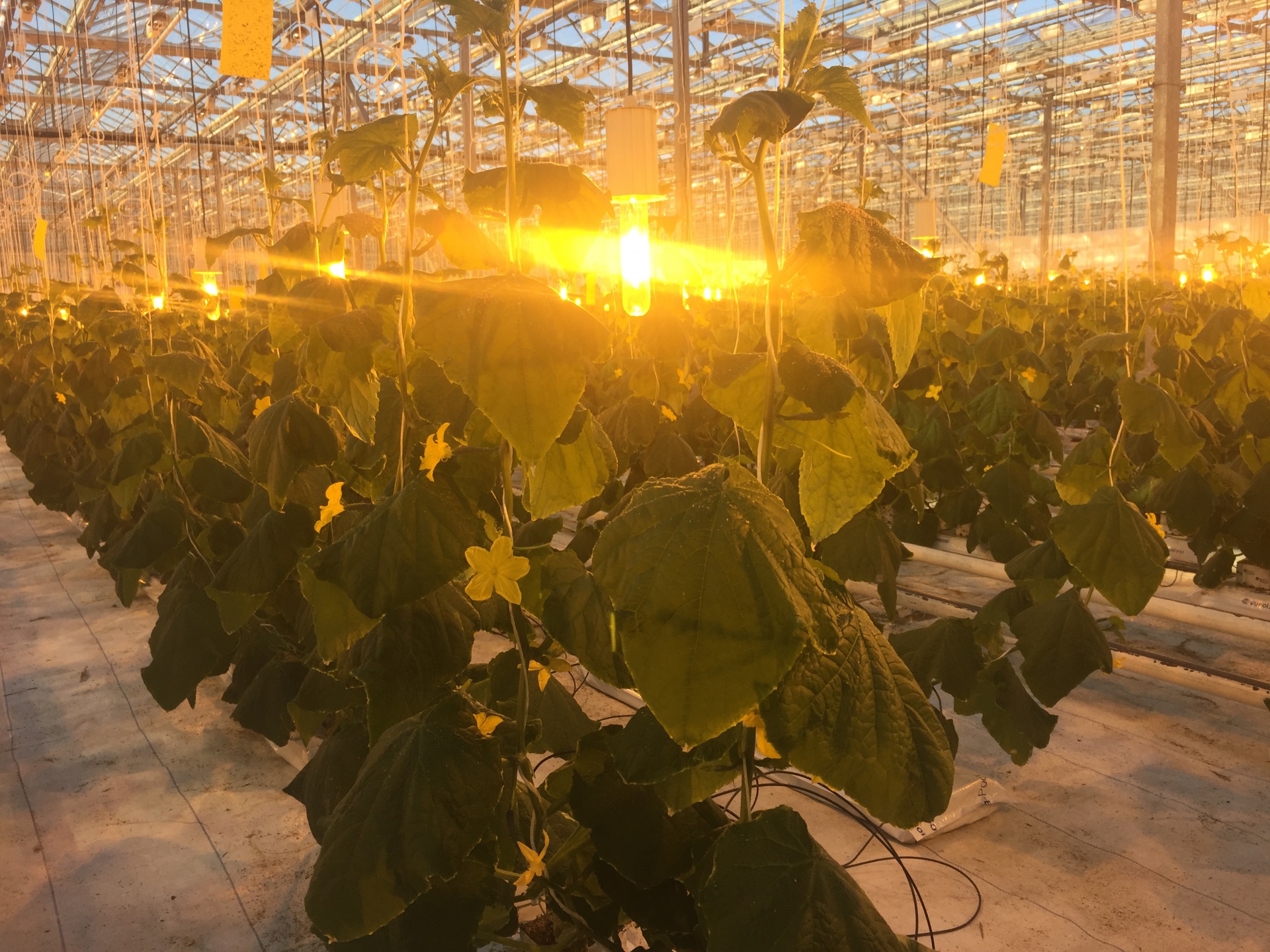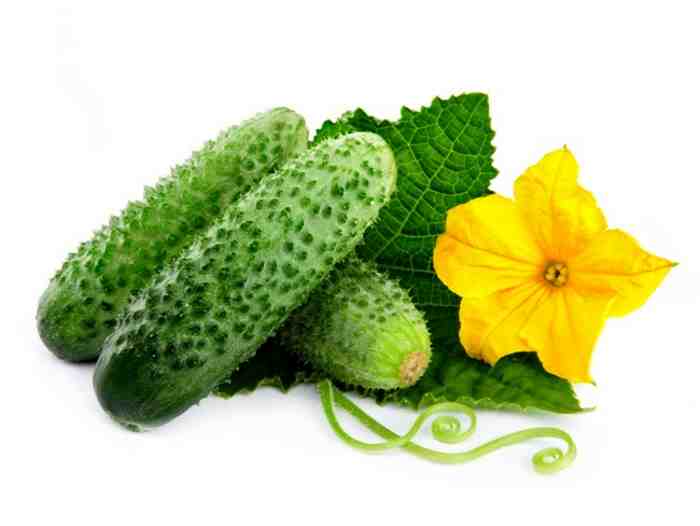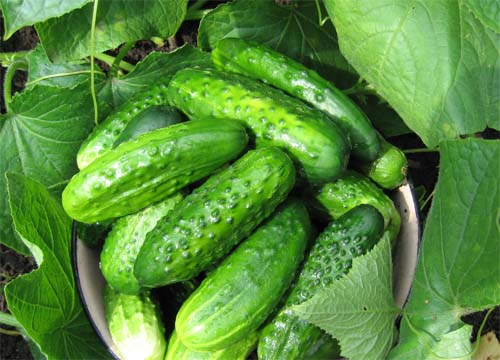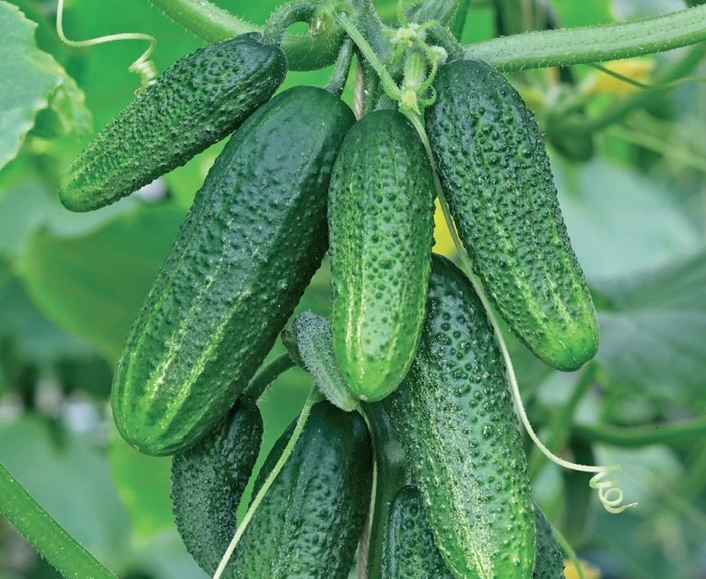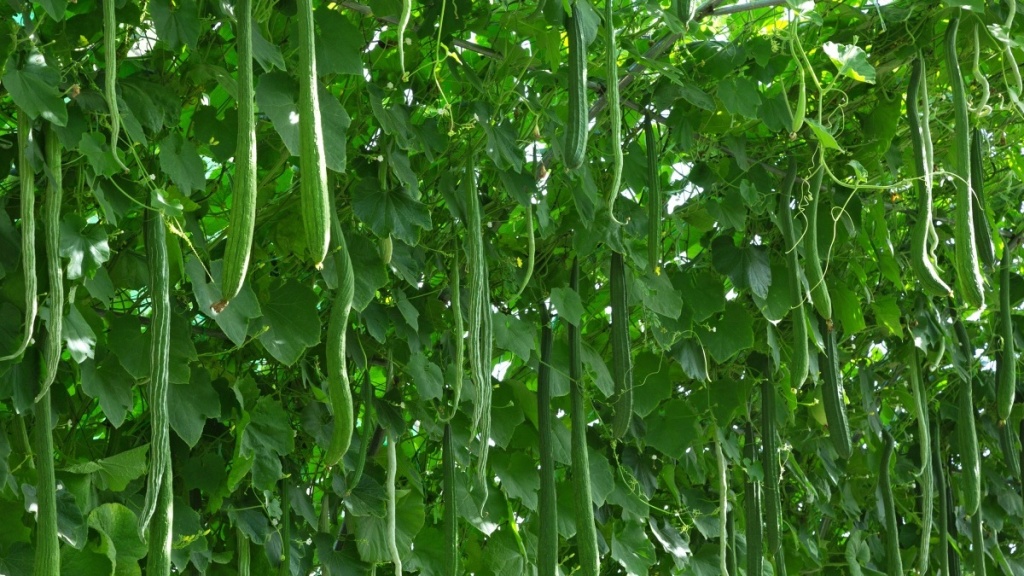Content:
Kiwano is an annual herbaceous bee-pollinated vine, in our country it is better known by a different name: African cucumber. The plant comes from the African continent, where it has wild relatives, is represented by several varieties. In the literature, there is another name: Kiwano Antillean cucumber.
Characteristics, features and description of African cucumber
Growing in Russia is possible, but only where frost does not threaten the plant, since the plant cannot tolerate them. Even for the shortest period of time, it is impossible to expose the vine to negative or close to 0 temperatures, it will die.
Outside, the fruit resembles a spiny melon, as the skin has a bright juicy yellow color. Inside is green pulp with the same small seeds as a cucumber. The thorns are thick and soft, like those of an immature horse chestnut shell. The skin of the fruit is quite thick, it is difficult to bite through it. The sweet and sour taste of the African Kiwano cucumber is specific, not like other fruits or berries, so it is difficult to compare it to anything.
Surprisingly, the shoots of Kiwano are most similar to the shoots of the most common cucumber, and only real leaves grow large, light green and heart-shaped. The scourges need support. Considering this property, a trellis should be installed at the landing site, a wire or mesh should be pulled.
How to grow African cucumber
The farming technique is pretty simple. In late April and early May, seeds are planted for seedlings, assigning a separate pot to each future cucumber liana. The period from sowing seeds to planting in open ground is 30 days. During this time, it is necessary to carefully prepare the beds by adding humate fertilizers to them.
Sowing
Seeds need to be soaked before sowing. Warm water is poured into the container, a drop of humate fertilizer is added and the seed is laid. After a day, the seeds are planted in pots with a diameter of 8-10 cm.
The seedlings are matured from the moment of emergence to planting in open ground - at least 2 weeks. During this time, it is necessary to provide future cucumbers with support and light shading.
Planting is carried out on the beds at the rate of 2 pcs. for 1 sq.m. In other words, the distance between the vines should be 40 cm or more. As they grow, the side shoots are pinched so that the Kiwano does not waste energy on excess greens. The main lash is gradually tied up higher and higher.
Care
Kiwano (Kiwana) is a cucumber, although it is overseas, therefore it loves moisture, but the bay and drought are equally destructive for it. In most cases, it is sufficient to water the beds abundantly twice a week. 1-2 times a month, a complex mineral fertilizer is added to the water during irrigation.
Harvesting
The ripening period of the ready-to-harvest fruit from the moment of ovary formation is only 2 days. At the same time, the liana perceives the cucumbers remaining to ripen on the branch as a command to the end of the growing season. For this reason, harvesting must be done every day, so as not to cause premature drying of the plant.
At the end of the growing season, the remaining lashes can be successfully used to obtain organic fertilizer in compost heaps.This work will give excellent results next year.
Advantages and Disadvantages of African Cucumber
Among the advantages, gardeners note:
- Keeping quality of fruits;
- Can be consumed fresh and prepared various dishes, drinks;
- Disease resistance;
- Positive health effects: the fruits strengthen the immune system.
Disadvantages:
- Seed material is difficult to find, let alone varieties;
- There is no frost resistance.
Growing kiwano is no more difficult than the usual cucumber, and research interest spurs many to test it in practice. And if Kiwano is to your taste, the family's diet will become more varied and healthier.
